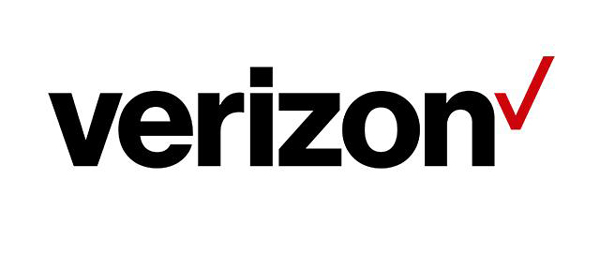Mark the date. Again. Verizon has announced that as of December 31, 2022, it’s shutting off its 3G network. For real this time. Really, you can believe them this time. This time it’s gonna happen.
Forgive me if I’m cynical
This is the third time Verizon has announced an end to its long-obsolete 3G infrastructure. Originally, the technology was set to end in 2019, then 2020, and now we’re looking at 2022. Chances are you haven’t used 3G on Verizon in a long time, and for the kind of folks who read this blog, it’s a total non-issue. Pretty much any 4G-capable phone, and that includes any phone that’s been made in the last five years or so, can use voice over LTE and that ends that. But for the millions of prepaid phones that still use Verizon’s 3G network, it’s an issue.
In the meantime, AT&T has been moving along as planned. As of tomorrow they will begin removing some functionality from 3G phones on their network. Again, this probably won’t affect our Solid Signal Blog readers.
Why is this so different for Verizon?
Of the three major carriers, Verizon is the only one that is still using CDMA technology at all. CDMA was one of the three dominant cellular technologies ten years ago, and it’s not compatible with today’s LTE technology. Let’s take a look at why that’s causing Verizon so many problems.
It’s not that CDMA is bad.
CDMA was once a dominant cellular technology in about a third of the world. It was used in virtually every Asian country. You see, in most countries there is only one cellular technology in use. You buy your phone outright and you can use whatever network you want. Most other countries don’t have the payment schemes, free phones, and buyback plans that we have in this country. In other countries it’s just buy a phone, use a phone.
Here in the US, carriers were allowed to use whatever technology they wanted, which means that at one point there were five different standards: AMPS, CDMA, TDMA, PCS, and GSM. Each offered benefits and each had problems. For a long time, CDMA was thought of as the better voice technology because you could reach more distant towers on a CDMA phone than you could on a GSM phone. (The companies that became AT&T used GSM, back then.)
Why LTE won the day
LTE stands for “Long Term Evolution.” Long Term Evolution of what? Long Term Evolution of GSM. (GSM stands for “Global System for Mobile Communications.”) The people who developed the GSM mobile standard were the first to realize that there is a benefit to having voice and data be treated the same. Before LTE, there was a voice network and a data network. With LTE, your voice signal is converted into a data signal and sent along the same network that’s used for cellular data.
This little trick works so well that even the traditionally independent US cell companies all agreed to start moving toward LTE. Starting about 2012, companies like Apple and Samsung started building phones that worked on all US networks in LTE mode. Since they didn’t have to build in compatibility with five different voice technologies, this was a lot easier. All they had to do was support the various and different frequencies in use.
And now, this
5G is of course the next technology. It’s completely different from LTE and it’s designed to give us the flexibility we want for the future. People want 5G, and one way to give it to them is to get rid of 3G. The people who pay for expensive cell plans don’t want 3G. Still, a lot of people do use it on older phones and devices. And that’s been a problem for Verizon, since they adopted LTE later than AT&T and T-Mobile did.
This has meant that it’s been harder for their customers to give up older 3G devices. Verizon has also been reselling 3G to other carriers for years and those carriers need to upgrade their customers as well.
Will Verizon stick to this new timeline?
Who knows. But at this point I think they will. By December 31, 2022, they will probably be the only US carrier with an active 3G network. The word will be out on the street for long enough that it won’t be a problem.
In the meantime if you want to work with a company that uses the latest LTE-Advanced and 5G technology now, and is actively working to make sure that older tech isn’t holding them back, call Signal Connect at 888-233-7563 and get an AT&T Unlimited Plan.





